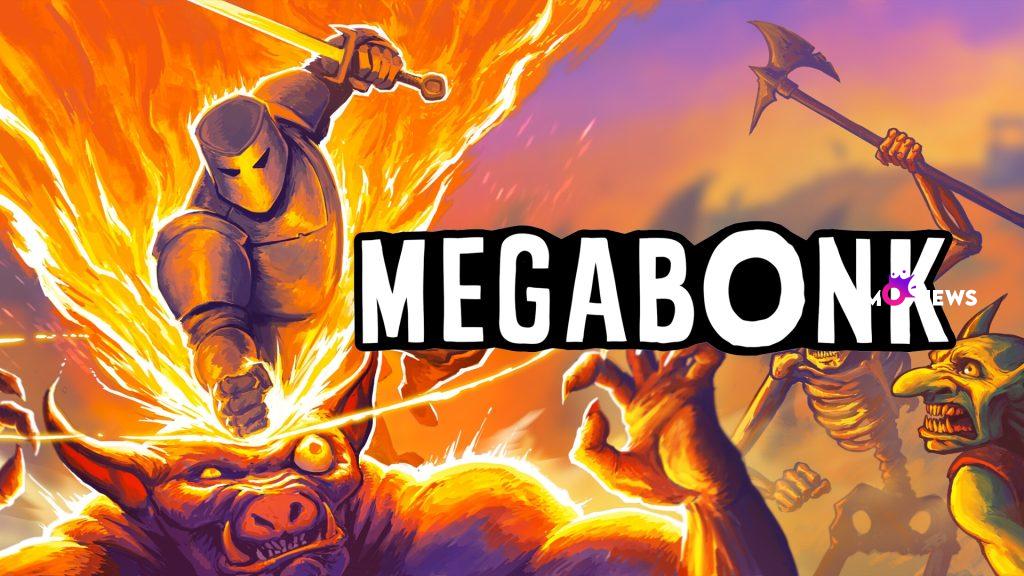Megabonk opens on a field that looks calm for five seconds. Then the crowd arrives. Tiny pests and chunky bruisers shuffle toward you, and the air starts to sing with flying projectiles. You move, you swing, and the screen answers with a shower of numbers. It is loud, bright, and surprisingly readable once rhythm kicks in. Developed and published by vedinad, Megabonk launched on September 18, 2025, and it leans into the pure thrill of growing from fragile to unstoppable in a single run. You pick a character, dive into a map, and stack wild power until the timer or the boss says enough. For features, details, and a free demo, see the Steam page.
The core idea
Megabonk is a single player action roguelike about survival under pressure. Each run drops you into a randomly generated map filled with enemies, bosses, and loot. You gain experience by defeating waves, then spend level ups on upgrades that alter damage, range, rate of fire, survivability, and special effects. Runs end when you get overwhelmed or when you push through a boss and hit the final break point. That loop sounds simple, and it is, but the way upgrades combine gives each session a fresh pulse.
Megabonk never hides the promise. It asks, how long can you hold your ground. Then it feeds you enough tools to stretch that minute into ten, then twenty, then a victory screen. The pleasure comes from that curve. Early minutes are a scramble. Mid run becomes a balancing act. Late run turns into a power fantasy with enough risk to keep you honest.
Who made it and how it landed
Megabonk comes from vedinad, who is listed on Steam as both developer and publisher. The game arrived on September 18, 2025, and quickly gathered a Very Positive reception on Steam in English, with the page showing a high approval rating across thousands of reviews. That tone fits the design. It is the sort of game that lands fast because it respects time and rewards attention.
A demo sits on the store page, which lowers the fence for curious players. The feature list flags support for Steam achievements, leaderboards, cloud saves, and a stats page, which are small but meaningful touches in a score driven roguelike.
Highlights at a glance
| Feature | Category | Short summary | Who it benefits |
|---|---|---|---|
| Horde survival runs | Core loop | Random maps, escalating waves, timed bosses | Everyone who loves fast, repeatable action |
| Overpowered upgrades | Progression | Level ups offer random perks with rarity tiers | Players who enjoy buildcraft and discovery |
| 20 characters | Roster | Distinct abilities and starting kits | Fans of varied playstyles and challenges |
| 70 plus items | Build depth | Synergies that bend runs into new shapes | Tinkerers chasing high score chains |
| 240 quests | Meta goals | Unlocks for characters, items, and tweaks | Long term players who want structure |
| Steam leaderboards | Competitive edge | Track scores and runs | Score hunters and streamers |
How a run flows
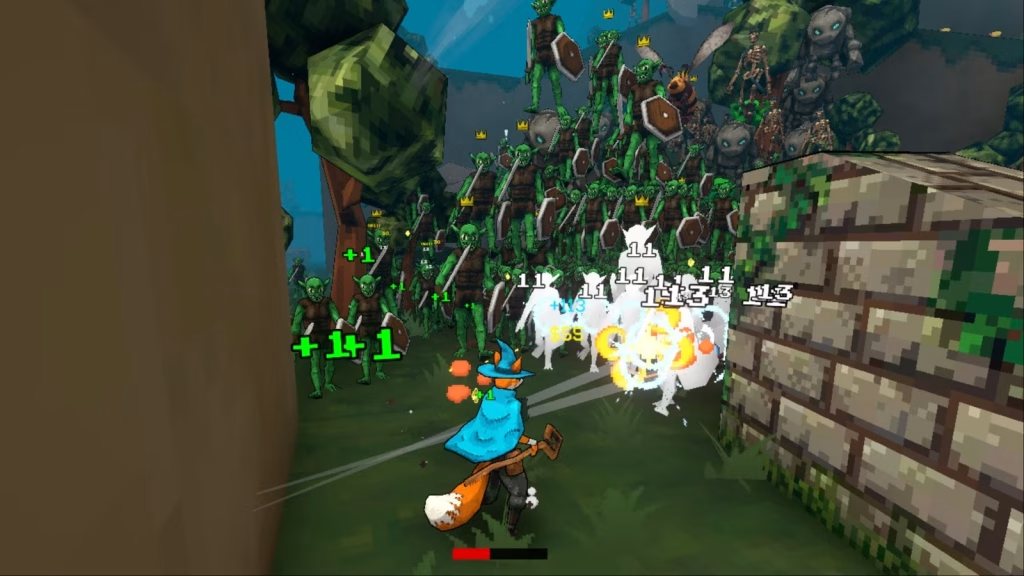
You spawn with a basic kit and a direction to move. Early on, the field packs in weak enemies that teach spacing and timing. You grab experience gems, hit your first level, and pick from a small set of upgrades. The offer list changes each level, and rarity tiers add spice, so no two runs play the same way. A few minutes in, new enemy types enter with different speeds and health pools. The map breathes and changes, pushing you to kite, cut paths, and commit to a build.
Bosses drop in to test whether your choices have teeth. They telegraph more than the rank and file, which lets you learn patterns and dodge with purpose. Survive a spike, grab the chest, and the next minute plays a little easier. The tension sits in that dance. You are never safe, but you can get strong enough to set the rhythm.
Characters, items, and quests
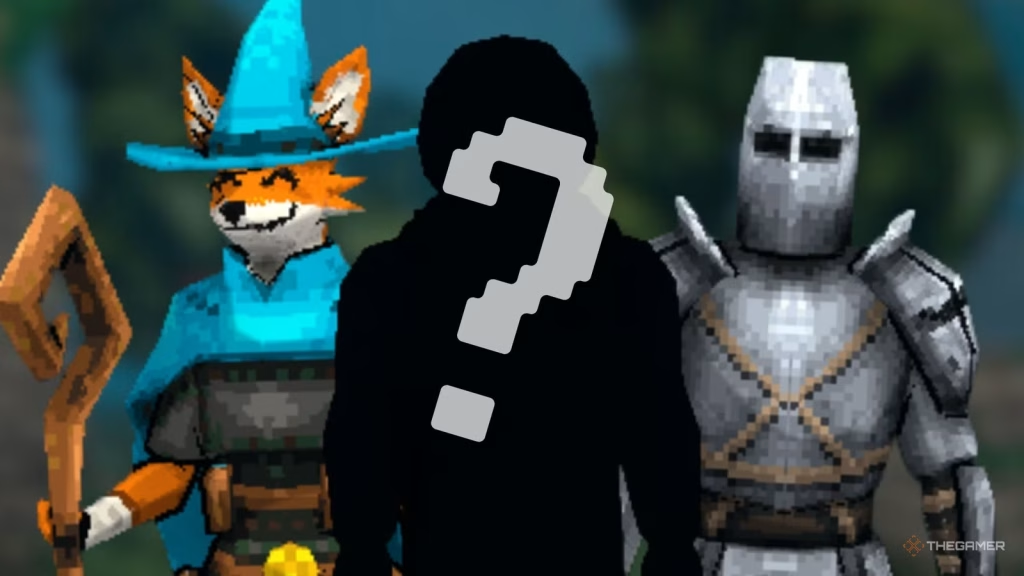
The roster boasts 20 characters with unique abilities. One might start with a wide arc weapon that clears a ring around you. Another leans on precise shots that reward spacing. A third rides mobility and on hit effects to turn movement into damage. Characters change not only how you aim but how you plan upgrades. A slow bruiser values area control and sustain. A nimble shooter prefers critical chance, cooldown cuts, and projectile tricks.
Over 70 items fill the pool with synergies that define runs. Basic boosts turn into engines when they stack in the right order. A small damage bump early keeps your clear speed ahead of the wave. A cooldown perk combined with a multi hit effect flips a bland attack into a blender. The quest system ties it together. The page lists 240 in game quests that unlock new characters, items, and meta upgrades. Goals give purpose to short sessions, and unlocks keep the toy box growing at a steady clip.
Power spikes and buildcraft
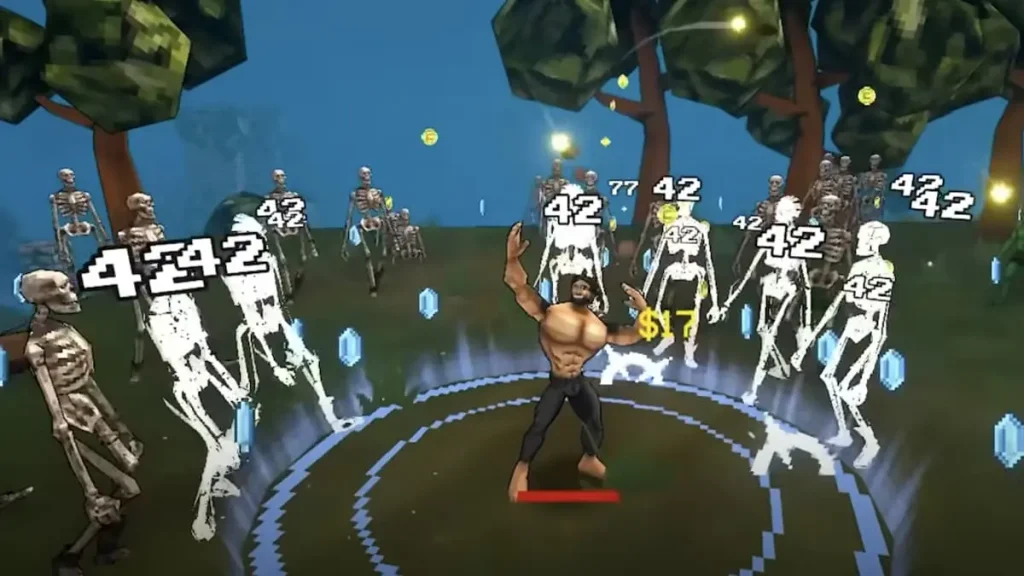
Megabonk is about stacking edges until they become a cliff. Upgrades arrive with rarity tags, so you will sometimes face a choice between a safe pick and a wild swing. That gamble is the heart of the run. Do you double down on a theme, or do you patch a weakness because a boss is due soon. Smart picks have rhythm. You secure survivability early, push damage once you can stand your ground, and add reach when the screen floods.
Synergies reward pattern recognition. A chain slow plus a small heal on hit might lock a lane long enough to farm experience without risk. Area boosts pair well with weapons that already paint the floor. Crit packages shine on precise kits but feel wasted on short range arcs unless you convert them later. None of this reads like homework. It is intuitive in motion, and the results appear on screen the instant you commit.
Combat feel and control
The camera sits in a clean, readable space that lets you track hazards even when numbers rise. Controls are snappy, and hits feel weighty enough to sell impact without becoming muddy. Enemy silhouettes and sound cues help you read intent, which matters when the field is busy. Bosses signal big moves, so you learn by doing rather than guessing.
Megabonk keeps inputs simple so that brain space goes to movement, spacing, and upgrade timing. That choice makes the game welcoming for newcomers while still letting veterans squeeze value from perfect paths and tight dodges. Runs end because a build stalled, a wave pattern ate your escape line, or a boss check went unanswered. That clarity is fair and addictive.
Progress beyond a single run
Between runs, you convert progress into unlocks through quests and character goals. New items join the pool. New characters open with fresh twists. Achievements and leaderboards add targets for players who chase mastery. None of this blocks a casual session. You can play for ten minutes, unlock something neat, and bounce.
Because the maps are random and the offers vary, replay value stays high. Even chasing the same quest can feel different based on which perks appear and how early you find a build path. That variance is the soul of roguelikes, and Megabonk leans into it with a generous but focused unlock cadence.
Modes, achievements, and leaderboards
Megabonk is a single player game with Steam achievements, leaderboards, and cloud saves. Achievements, and there are 102 listed, lean into both skill and collection. Some reward survival, others push you to try odd builds or characters you have ignored. Leaderboards let you compare runs, which feeds a healthy loop for streamers and score hunters.
The presence of cloud saves and a stats page helps players who hop between devices or like to track progress across many short sessions. It is a small quality of life set, but in a score attack friendly roguelike, it matters.
Similar games and the space it occupies
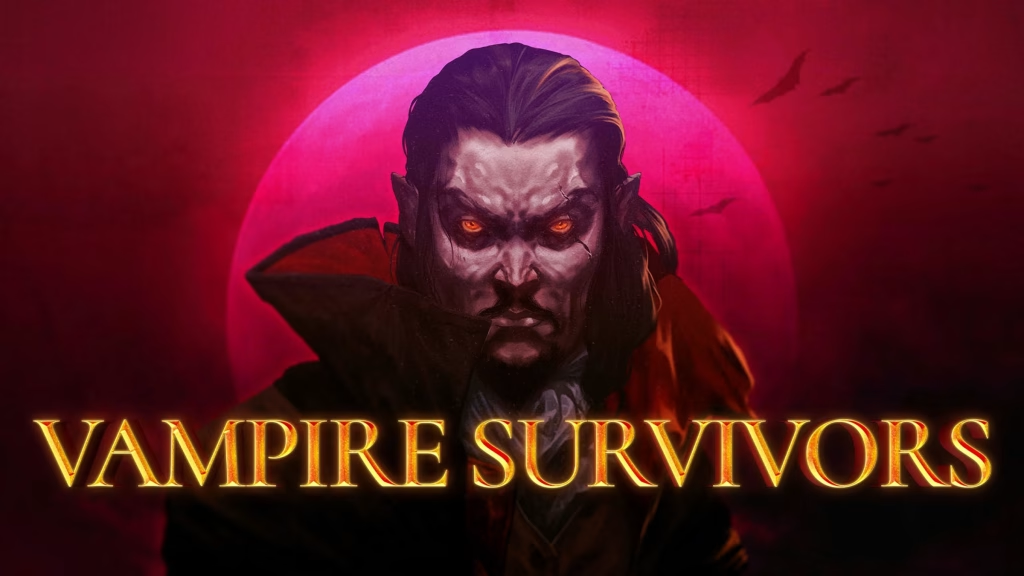
If you enjoy the horde survival rush popularized by games like Vampire Survivors, Brotato, or HoloCure, Megabonk sits comfortably in that lane. It embraces the thrill of mowing down waves while hunting for the upgrade that makes a build sing. Where it puts its stamp is in the tone, the clear silhouettes, and the way quests keep feeding you new toys without burying the pool in noise.
This is a genre where small design choices loom large. Pace the early wave wrong and players bounce. Hide the good stuff behind grind and they burn out. Megabonk threads that needle by making early runs lively and keeping unlocks flowing. It also adds just enough visual personality to help clips stand out, which explains the recent attention from players and streamers.
Performance and accessibility
The Steam page plays with humor in its listed minimum specs, but the spirit is clear. Megabonk aims to run on modest hardware. Storage needs are tiny by modern standards, and the game supports both Windows and Linux through Steam. That reach helps more people join the party, and it fits the pick up and play rhythm of the design.
Readable effects and crisp outlines do real work here. Even when the screen gets loud, you can parse a danger cone or a boss tell. That visual discipline is the difference between fair chaos and noise. It also makes the game friendlier for new players who are still learning the dodge and kite rhythm.
First hour suggestions
Start with a balanced character and focus early upgrades on survivability and clear speed. Movement speed, area size, and small regen perks keep you upright long enough to farm experience safely. Once you can stand your ground in a circle, push damage and reach. A late run lives or dies on how fast you erase a boss or cut a path through a dense screen.
Use the first few runs to sample upgrades rather than chase perfection. The pool has breadth, and learning how effects stack will pay off later. Keep an eye on quests. If an objective lines up with your current build, lean into it and bank the unlock.
Why players and streamers are hooked
Short, expressive runs make great stories. A clutch dodge into a damage spike looks good on a stream and feels great in a living room. The quest log gives creators a ready made ladder of goals, while leaderboards let them frame a night around score climbs or character challenges. Viewers understand the stakes at a glance, which helps clips spread.
For players at home, Megabonk hits that sweet spot between comfort and edge. You can sit down for twenty minutes and still leave with a new unlock or a better personal best. Or you can sink a night into mastering a character and chasing an absurd chain of synergies. Either way, the feedback loop stays clear and satisfying.
Verdict
Megabonk is a confident take on the action roguelike surge. It understands why the genre blew up and adds enough of its own voice to matter. The roster is generous without bloat. The item pool invites experimentation. The quest log keeps the lights on between sessions. Most of all, the game feels good in the hands, which is the one thing no amount of features can fake.
If you have been hunting for a new horde survival addiction, this one earns a slot on the drive. If you are new to the genre, the demo makes it easy to try, and the early minutes teach with action instead of lectures. Either path leads to the same place. You will start small, stack power, and grin as the field tilts in your favor. Then you will hit restart to try it again, only bigger.
